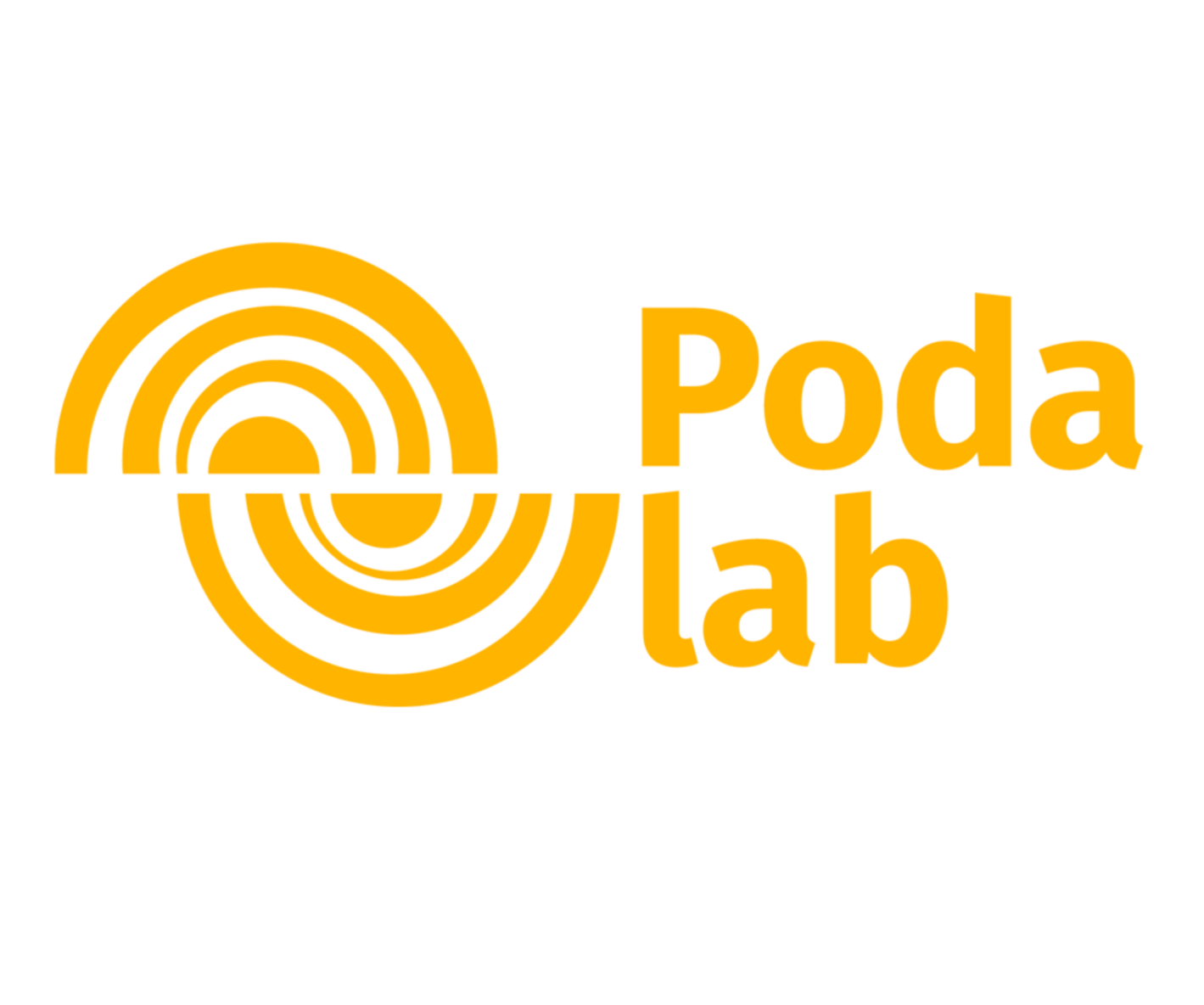Fundamentals
The residues, natural resources and productive logic
The economy and production systems adopted by most countries on our planet are based on a linear logic of extraction, transformation, production, use and disposal of natural resources, renewable or not, threatening their availability. In addition, spaces are occupied without an adequate prior assessment of the compatibility of the land use with its characteristics and also, extrapolating its capacity to assimilate the pollution generated by the planned activity. The environmental and social impacts of this development model become even more serious as a result of population growth. Some studies claim that the consumption of natural resources today already reaches 1.5x more than the planet can produce or regenerate per year.
What are tree residues?
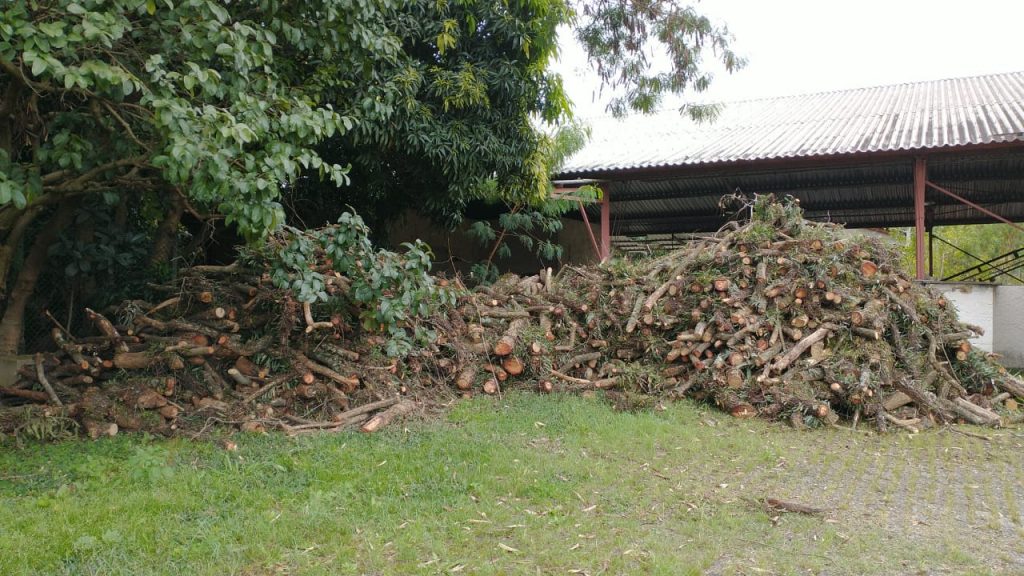
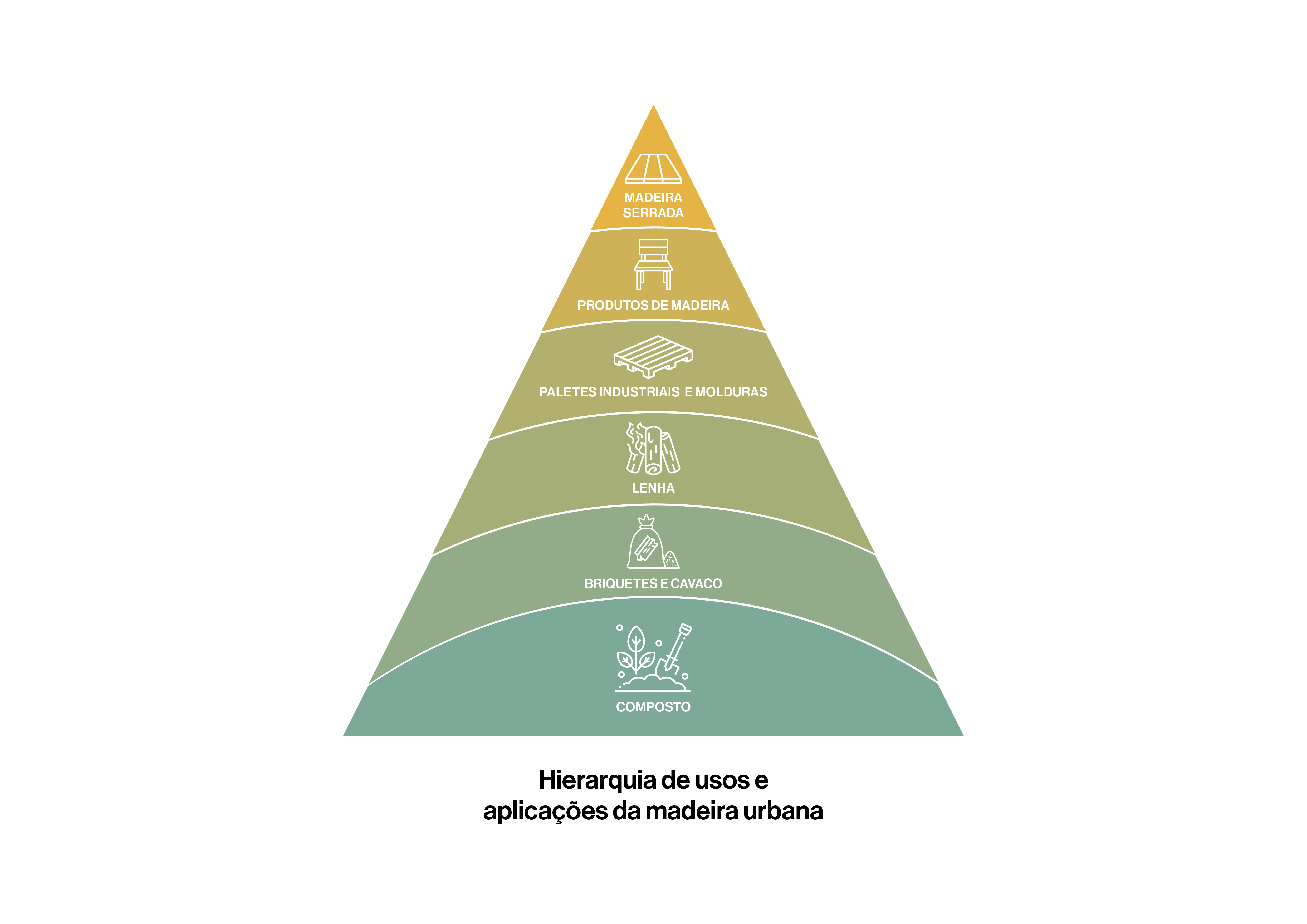
What is Circular Economy?
As an alternative to this model, aiming at a more balanced and harmonious relationship between societies and the planet, respecting all forms of life, as well as their regenerative capacity, the Circular Economy proposal emerges, based on three principles (Ellen MacArthur Foundation, 2013):
- eliminate the concept of garbage;
- keep materials in the production cycle;
- regenerate the natural ecosystem.
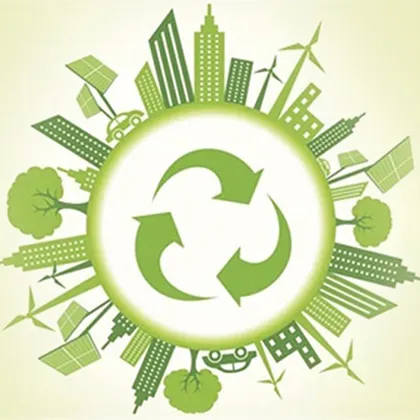
Em uma economia circular, a atividade econômica contribui para a saúde geral do sistema. O conceito reconhece a importância de que a economia funcione em qualquer escala – para grandes e pequenos negócios, para organizações e indivíduos, global e localmente. A transição para uma economia circular não se limita a ajustes visando reduzir os impactos negativos da economia linear. Ela representa uma mudança sistêmica que constrói resiliência em longo prazo, gera oportunidades econômicas e de negócios, e proporciona benefícios ambientais e sociais. O modelo faz uma distinção entre ciclos técnicos e biológicos. (Ellen MacArthur Foundation, 2017)
Imagem: Royal HaskoningDHV
These three principles consolidate sustainable thinking:
- they see garbage as a potential raw material;
- improve the current economic system through a new relationship with materials and their use by society;
- and propose a new way of designing, producing and marketing products to ensure the intelligent use and recovery of natural resources.
Thus, recycling, within the Circular Economy, is seen not as a solution to an environmental liability, but as the creation of value chains, from devalued materials.
The Circular Economy defines new cycles for the use of materials and new business models, based on a value pyramid, which dialogues with the hierarchy of use of tree residues of the Urban Wood Network:
Using cascading resources
In order to make the pyramid of value viable, in the circular economy, the cascade use principle is recommended, which corresponds to the sequential and consecutive use of resources, always privileging:
- the most valued use of natural resources
- lower consumption of inputs and energy in their transformation into products
- the least possible waste of material during the different stages of production and use
- the greatest possible durability of resources, in order to delay their degradation.
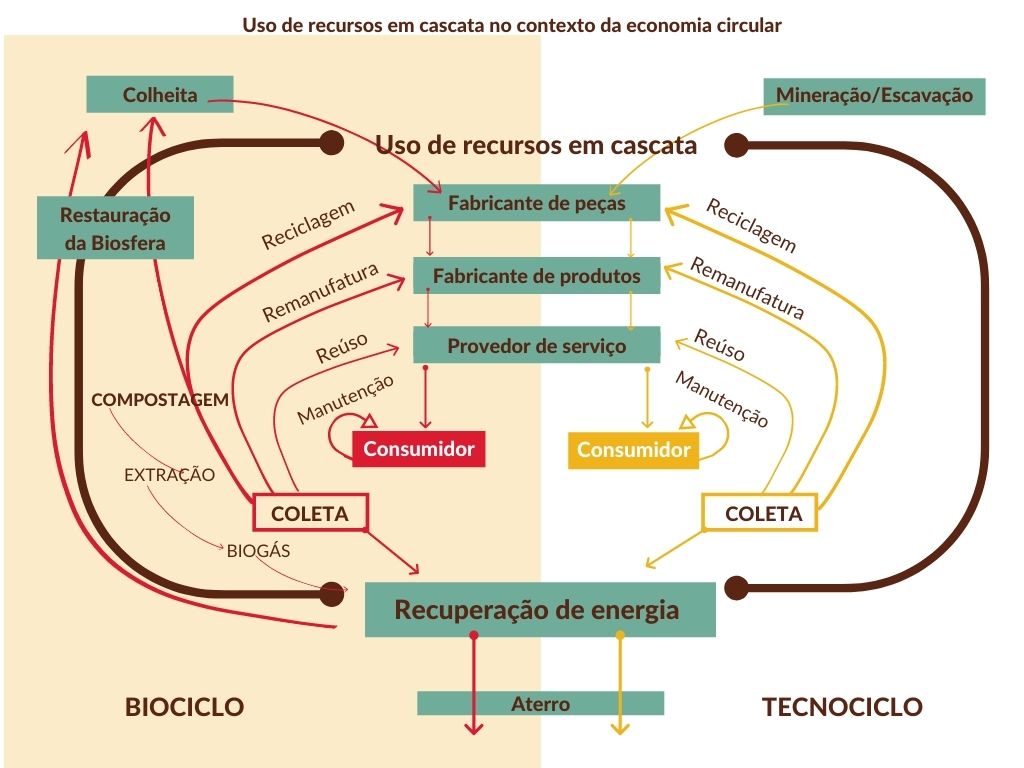
Adaptation of infographic available at: https://media.springernature.com/full/springer-static/image/art%3A10.1007%2Fs40725-017-0067-y/MediaObjects/40725_2017_67_Fig6_HTML.gif?as=webp
Transposing this approach to wood and, in particular, to urban afforestation waste, the aim is to avoid “downcycling” as much as possible, that is, options that devalue and shorten the life cycle of the material, as can be seen in the graph below. follow:
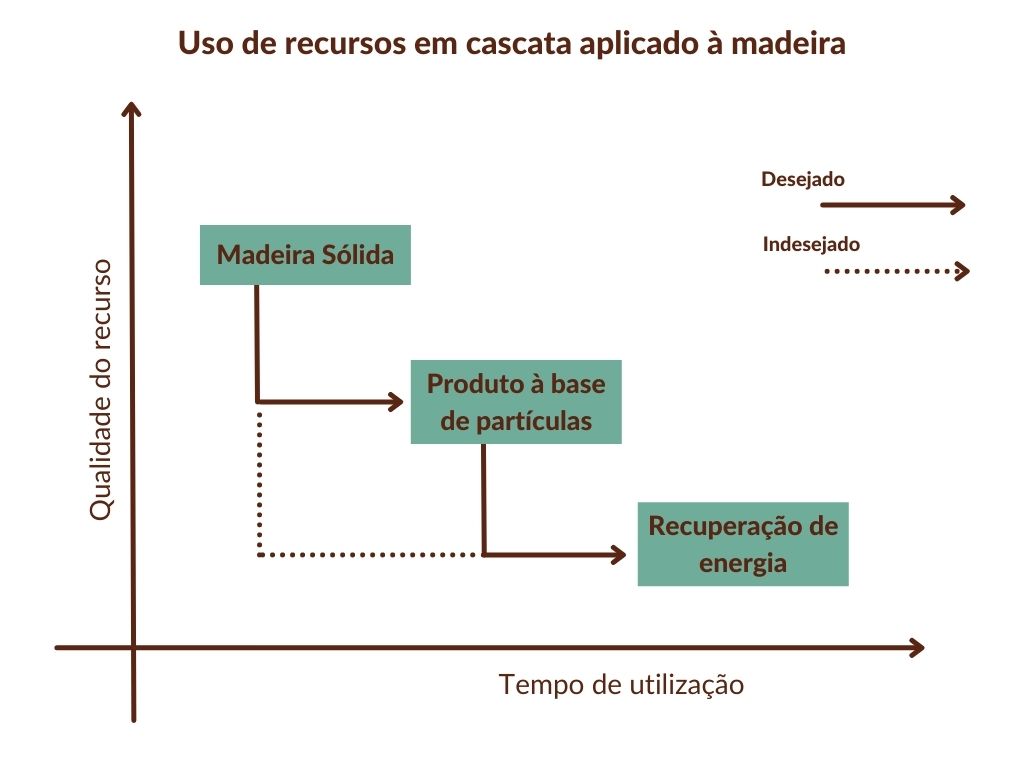
Adaptation of infographic available at: https://ars.els-cdn.com/content/image/1-s2.0-S2590289X20300098-gr2.jpg
How does the idea apply to the management of urban tree residues?
When planning pruning from the previous survey:
- of the best potential for the use of waste,
- of the existing local demand to absorb such uses,
- of the local production chain for processing in structuring the best pruning procedures, equipment and installations to allow pre-defined uses;
- in the classification and identification of residues, at the pruning site (by species, tree segment, dimensions and phytosanitary conditions), according to the best potential for use of each category
- in the definition of ways of processing and formats of sawn material (technological routes) that generate less residue and that contemplate secondary uses for the residues generated in the process;
- in strengthening and integrating the local production chain, in order to articulate the processes and the use of cascading materials, in a complementary way.
our proposal
The PodaLab project aims to stimulate the transformation of waste into resources, encouraging productivity and return on investment through the implementation of technological routes capable of structuring new value chains – strategic partnerships, new commercial and business relationships – with the objective of developing materials, components and innovative products, in addition to generating employment and income. Our proposal is to use waste – previously discarded or transformed into organic compost, firewood or briquettes – for the production of new products, such as: utilitarian and decorative objects, furniture, accessories, constructive components, among others. Materials previously discarded in the pruning and suppression of trees can be reprocessed in order to be inserted into new production cycles.
The role of responsible institutions
With the support of the private sector and society, Solid Waste Management Plans (PGRS) can be developed in order to:
- set an example and meet society’s expectations;
- promote greater control of all processes through indicators;
- continue and improve selective collection;
- reduce the operational costs of each process;
- mitigate environmental impacts;
- reduce social inequality;
- promote public awareness.
To learn more about
Inspiring Brazilian Initiatives
How about meeting some of them? Click on the link to the side and learn more!
Course:
https://online.sp.senai.br/curso/90950/483/economia-circular
